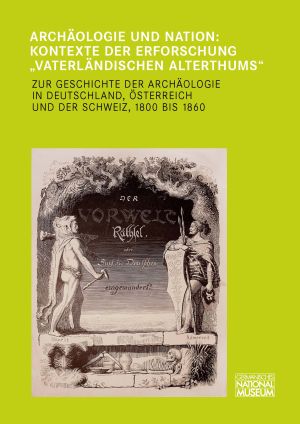How to Cite
License (Chapter)

This work is licensed under a Creative Commons Attribution-NonCommercial-NoDerivatives 4.0 International License.
Published
Georg Otto Carl von Estorff – die „heidnischen Alterthümer“ und die Frühgeschichte der Bodendenkmalpflege in der Region Uelzen
Georg Otto Carl von Estorff – ‘Pagan Antiquities’ and the Early History of Archaeological Monument Conservation in the Region of Uelzen
Georg Otto Carl von Estorff is probably the most important figure in the over 200-year-old history of archaeological research in the present-day district of Uelzen. His greatest contribution was to record and map the area’s ‘pagan antiquities’. Published in 1846, his work can be seen as the prototype for modern archaeological surveys. Estorff‘s archaeological activities are also significant because they provide a unique record of the landscape of the Lüneburger Heide (Lüneburg Heath) before its afforestation. The term ‘heathen’, a synonym for ‘pagan’, reflects the Heath’s close association with its pre-Christian tombs in the popular imagination. In Georg Otto Carl von Estorff’s time, the heathen monuments were still visible all over the open landscape. He saw them as a sort of national resource and did everything he could to preserve them, thereby initiating the first attempts at archaeological monument conservation in the region. He also pressed for the establishment of a ‘Germanisches Nationalmuseum’ where archaeological finds from all over the German-speaking world could be presented to the public.







